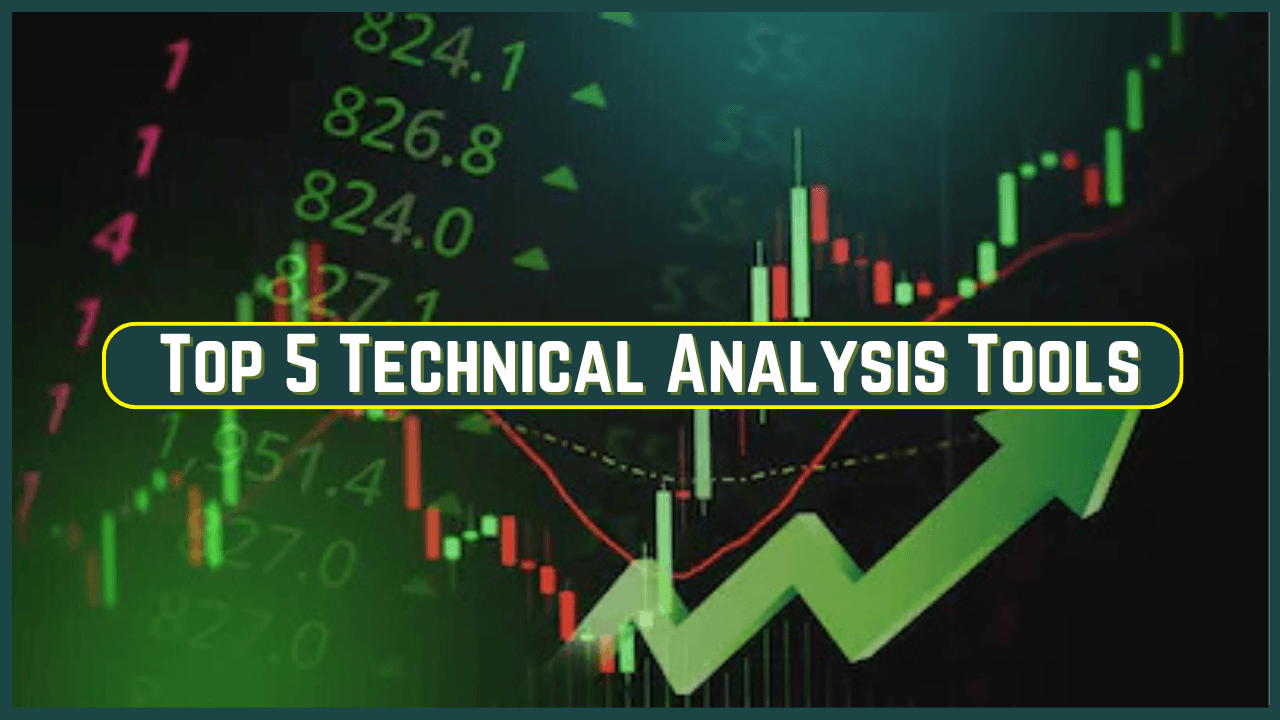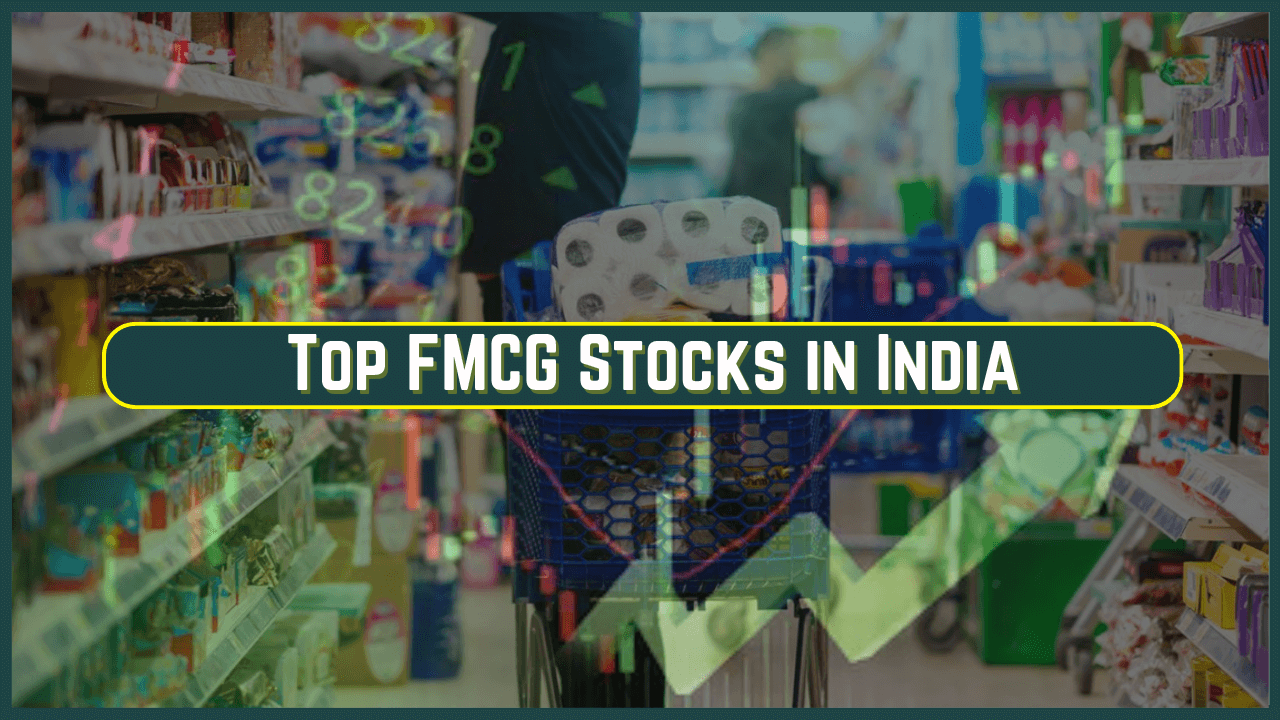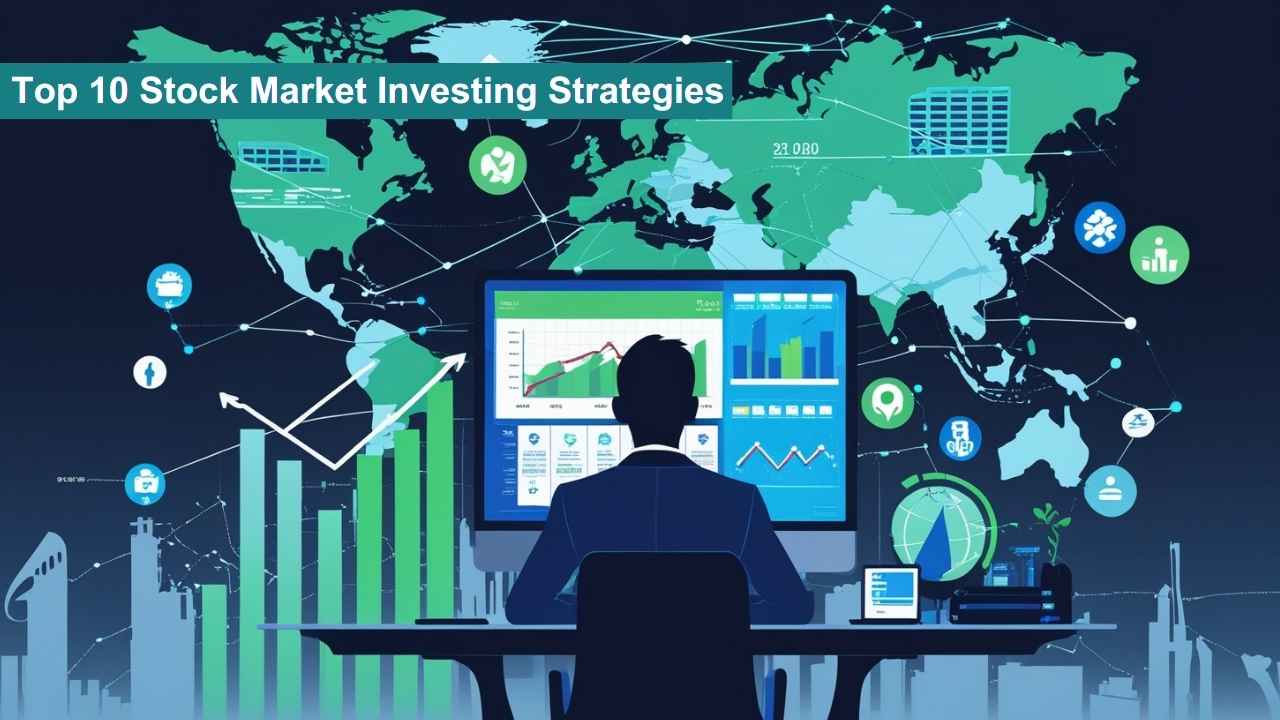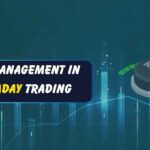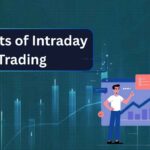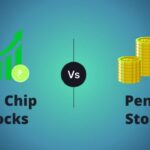Forex and commodity trading are among the most sought-after trading styles in the world. While commodity trading refers to the sale of physical products such as gold, oil, and agricultural products, forex trading entails the exchange of currencies. The following will be discussed in this blog post:
- What is Commodity Trading?
- Factors Affecting Commodity Prices
- What is Forex Trading?
- Factors Impacting Forex Prices
- Key Differences Between Commodity and Forex Trading (with a comparison table)
- Pros & Cons of Commodity Trading
- Pros & Cons of Forex Trading
- Which Market is Better for Traders?
- How to Start Trading in Commodities and Forex?
- Final Thoughts
- FAQ

What is Commodity Trading?
Commodity trading is the buying, selling, and exchange of raw materials or primary products. These assets can be broadly categorized into:
- Hard Commodities: Natural resources like gold, silver, and oil.
- Soft Commodities: Agricultural products such as wheat, coffee, and cotton.
Traders in this market tend to utilize futures contracts to hedge against risks or speculate on price changes. Commodity trading may be affected by supply and demand factors, geopolitical occurrences, and weather conditions, among others.
Factors Affecting Commodity Prices
A number of major factors affect the prices of commodities:
- Supply and Demand: Increased supply or reduced demand tends to reduce prices, whereas reduced supply or increased demand increases them.
- Geopolitical Tensions: Instability in the form of political conflicts or instability in commodity-producing areas may interrupt supply lines.
- Weather Conditions: Natural events like droughts or floods can impact agricultural outputs.
- Economic Indicators: Global economic growth, inflation rates, and currency strength often affect commodity prices.
- Regulatory Changes: Government policies, tariffs, and trade agreements play a significant role.
What is Forex Trading?
Forex (foreign exchange) trading is the buying and selling of currencies. It is the largest and most liquid financial market in the world, with daily volumes exceeding trillions of dollars. Forex trading is fueled by:
- Exchange Rate Fluctuations: Traders speculate on the value of one currency against another.
- Leverage: Forex markets often offer high leverage, which can magnify gains as well as losses.
- Market Hours: The forex market operates 24 hours a day during weekdays, making it accessible for traders worldwide.
Factors Impacting Forex Prices
Forex prices are influenced by a variety of factors, including:
- Economic Data: Indicators like GDP, employment figures, and manufacturing indices directly affect currency values.
- Interest Rates: Central banks’ decisions on interest rates are a primary driver of currency strength.
- Political Stability: Political events, elections, and policy changes can cause significant volatility.
- Market Sentiment: News events, market trends, and speculative activities can drive short-term price movements.
- Global Events: Crises, trade disputes, and international agreements also impact forex prices.
Key Differences Between Commodity and Forex Trading
| Aspect | Commodity Trading | Forex Trading |
|---|---|---|
| Underlying Asset | Physical goods (gold, oil, wheat) | National currencies |
| Market Hours | Varies by commodity, often limited exchanges | 24 hours a day, five days a week |
| Volatility | Influenced by seasonal and geopolitical factors | Driven by economic data and central bank policies |
| Leverage | Typically lower leverage | Higher leverage available |
| Liquidity | Can be less liquid for some commodities | Extremely liquid due to high trading volumes |
| Trading Instruments | Futures, options, ETFs, spot contracts | Spot trading, forwards, options, CFDs |
Pros & Cons of Commodity Trading
Pros
- Diversification: Offers exposure to tangible assets that are less correlated with stock markets.
- Inflation Hedge: Commodities like gold are traditionally seen as a hedge against inflation.
- Global Demand: Driven by both economic growth and industrial demand, offering long-term potential.
Cons
- Volatility: Prices can be highly volatile due to weather, geopolitical tensions, and supply disruptions.
- Storage & Transportation Costs: For physical commodities, additional costs can impact profitability.
- Limited Leverage: Compared to forex, commodity markets often offer lower leverage, potentially limiting gains.
Pros & Cons of Forex Trading
Pros
- High Liquidity: The forex market is the most liquid market, allowing for quick entry and exit.
- 24/5 Market: Trading around the clock during weekdays provides flexibility.
- High Leverage: Available leverage can amplify profits, although it also increases risk.
- Low Transaction Costs: Generally lower spreads and commissions compared to other markets.
Cons
- High Volatility: Rapid price movements can lead to significant losses if not managed properly.
- Complex Influences: A wide array of global economic factors makes forex prices unpredictable.
- Risk of Over-Leverage: High leverage increases the potential for large losses, especially for inexperienced traders.
Which Market is Better for Traders?
Determining which market is better depends on your trading style, risk tolerance, and investment goals:
- Commodity Trading: Ideal for those looking for diversification and an inflation hedge, but prepared to manage seasonal and geopolitical risks.
- Forex Trading: Suitable for traders seeking high liquidity and 24/5 access, with the ability to handle the complexities of global economic data and high leverage.
Each market has promising opportunities but different approaches and risk management methods.
How to Start Trading in Commodities and Forex
Steps to Begin Commodity Trading:
- Educate Yourself: Understand the basics of commodity markets, including futures and options.
- Choose a Broker: Select a reputable broker that offers access to the commodities you’re interested in.
- Develop a Trading Plan: Define your investment goals, risk tolerance, and strategies.
- Practice on a Demo Account: Test your strategies in a risk-free environment.
- Start Small: Begin trading with a small portion of your capital and gradually increase your exposure.
Steps to Begin Forex Trading:
- Learn the Fundamentals: Study how the forex market works, including technical and fundamental analysis.
- Select a Forex Broker: Look for brokers with competitive spreads, robust platforms, and regulatory compliance.
- Use a Demo Account: Practice trading with virtual funds before risking real money.
- Develop a Strategy: Create a trading plan that incorporates risk management, such as stop-loss orders.
- Stay Informed: Keep up with economic news and central bank announcements that affect currency values.
Final Thoughts
Both commodity and forex trading provide similar opportunities and challenges. The secret to being successful in either market is having a solid grasp of the forces that drive price action and a clear trading plan.
Whether you choose the tangible, inflation-hedging attributes of commodities or the liquidity and flexibility of the currency markets, always keep your trading decisions supported by sound research and good risk management.
FAQ: Commodity vs Forex Trading
Q1. Does a lower NAV in commodity funds mean better returns?
A: No, the NAV is merely a per-unit price and does not reflect the performance or potential returns of the fund. Focus on the growth rate and overall performance instead.
Q2. What factors most significantly affect commodity prices?
A: Supply and demand, geopolitical tensions, weather conditions, economic indicators, and regulatory changes are key influencers.
Q3. How does forex trading differ in terms of leverage?
A: Forex trading typically offers higher leverage compared to commodity trading, which can amplify both gains and losses.
Q4. Which market is more volatile, commodities or forex?
A: Both markets can be volatile, but commodities are often affected by seasonal and geopolitical factors, while forex volatility is primarily driven by economic data and central bank policies.
Q5. Can I trade both commodities and forex simultaneously?
A: Yes, many brokers offer platforms that allow you to trade multiple asset classes, enabling diversification of your portfolio.
Remember: Always conduct thorough research and consult with a financial advisor before making investment decisions.

